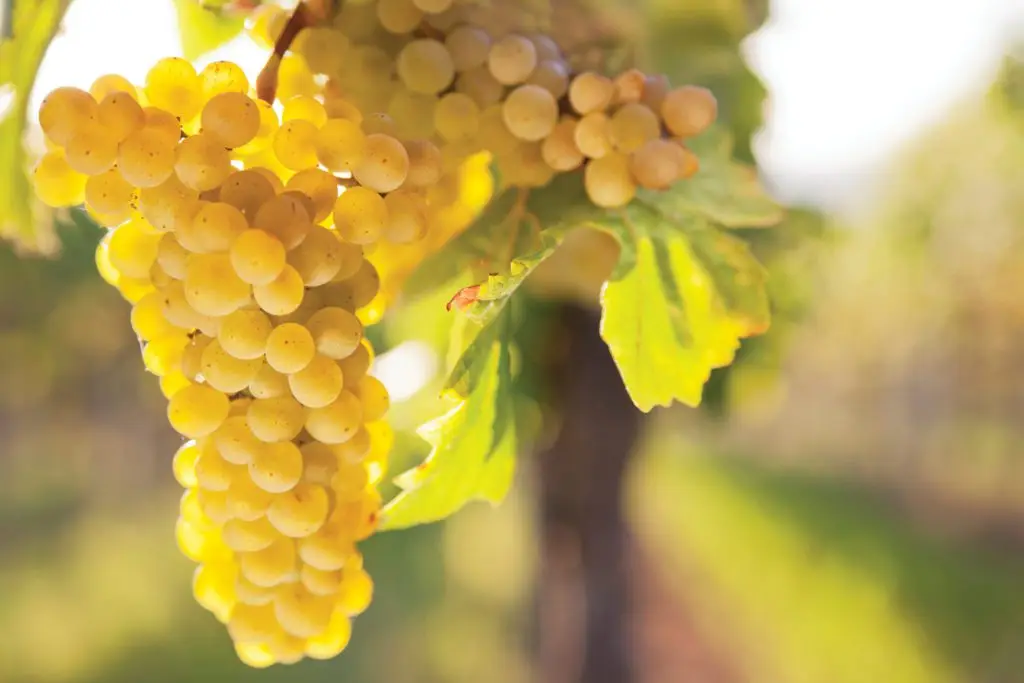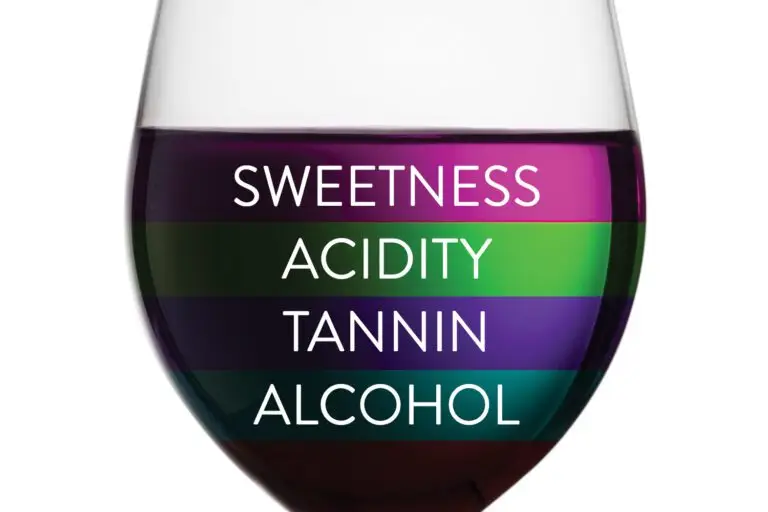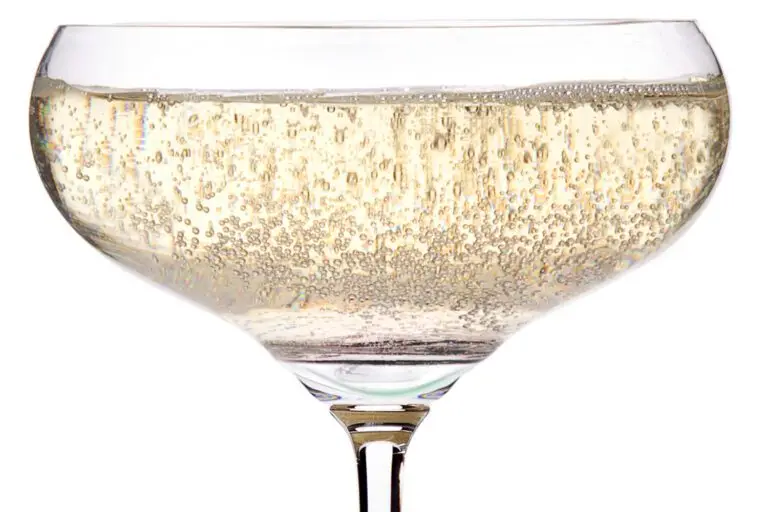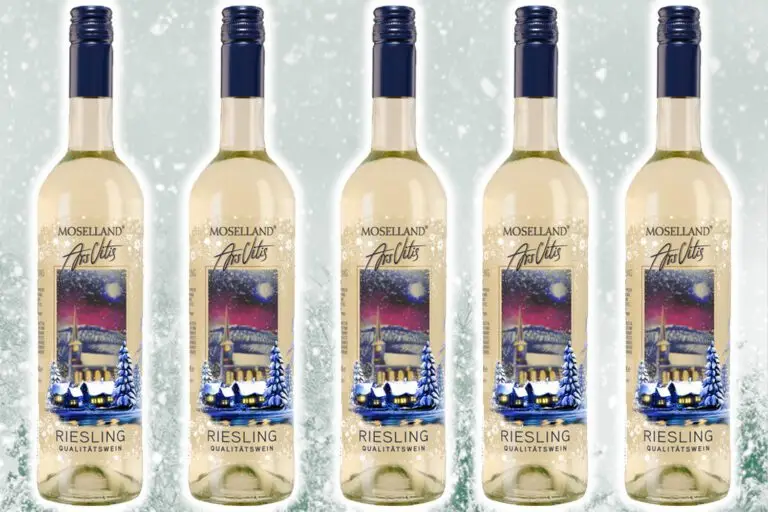by Gary Twining
French-American hybrids are crosses between the wild American grape and the European species. They were called French-American hybrids because most of the breeding work was done in France. As a result of these crosses, many of the French hybrids combine the excellent wine quality of the European species (vitis vinifera) with the hardiness and insect and disease resistance of the wild American species, making them a versatile choice in many geographical areas. In regions where cold winter temperatures are common, These hybrids exhibit an important advantage because they can be grown in areas not adapted to vitis vinifera production.
Here are some popular French-American hybrids grown in Ohio:
A cross between the hardy, insect- and disease-resistant wild American grape, and the European species (vitis vinifera) which produces excellent quality wine, the French-American hybrid was bred primarily in France, and is a versatile choice in grape-growing regions with cold winter temperatures not otherwise favorable to vitis vinifera production.
Here are some popular French-American hybrids, grown in Ohio:
Red Grapes
Chambourcin (Sham’-boor-san’) – A popular, late-ripening, fungal-resistant, French-American hybrid from the 1960s of Seyve-Villard 12-417 and Chancellor. Its red-fleshed fruit offers deeply-colored, medium-bodied, aromatic red wines with flavors of black cherry, red fruit, herbs and plum. It has high acidity, moderate tannins and rich flavors. It is produced in dry, softly sweet and sparkling versions, planted in the north-eastern U.S., Canada, Germany, Switzerland and Australia.
Larry Laurello of Laurello Vineyards says, “By blending Chambourcin with fifteen percent of another grape, such as Cabernet or Merlot, its high acidity and unique aroma is greatly enhanced.” Pair it with red meats, game, pastas with red sauces and cheeses.
Frontenac (Front’-enak) – A cold-hardy, 1996 University of Minnesota French-American hybrid made by crossing Landot Noir 4511 and vitis riparia UMN 89. Of the red, grey and white versions, the red (Noir) is important. The grapes are dark skinned and rot-resistant and are particularly known for their cold tolerance. Frontenac is currently planted in thirty-three states and Canada.
Frontenac Noir grapes are usually high in acidity and low in tannins with fruity/floral aromas of strawberry. The wines are light in body with cherry and cranberry overtones. Enjoy with casual meals, red meats and pastas with red sauces,
Marquette (Mahr-ket’) – A French-American Hybrid introduced in 2006 by the University of Minnesota, a cousin of Frontenac and the grandson of Pinot Noir. The variety originated from a crossing of two hybrids; MN 1094 and Ravat 262.
Marquette is cold and fungal/rot-resistant. It is planted throughout North America, important in Minnesota, Vermont, New York State and Ohio. It offers high sugar levels at harvest and moderate acidity. Aromas of cherries, black currants and blackberries are typical, and the wines do well with oak contact. Enjoy with casual meals, cheeses and red-sauced pastas.
White Grapes
Chardonel (Shar’-don-el’) – A late-ripening, cold-tolerant 1990 French-American hybrid of Seyval and Chardonnay with the latter’s varietal character and quality. Released and named in 1990, it is highly-productive and cold-tolerant. Chardonel shows crisp acidity (sparkling wine potential) and character of apple, grapefruit, vanilla and butter nuances. Chardonel is grown in the American states of Arkansas, Michigan, Ohio and Missouri and also in Italy, Spain and Argentina.
Sue Brady of Brady Vineyards of Ohio says, “Our Chardonel is a fruit-forward wine, with a fresh apple aroma and tropical fruit notes.” Enjoy with seafood, shellfish, fowl and creamy cheeses.
Traminette (Tram’-in-ette’) – A 1965 University of Illinois French-American Hybrid of Joannes Seyve 23.416 and Gewürztraminer showing subdued, floral, tropical/lychee fruit with Gewürztraminer’s moderate acidity. Cold-hardy, consistent yielding and disease-resistant, made in dry to sweet styles, a high-quality hybrid grown in Indiana, Ohio and the eastern U.S.
Tony Kosicek of Kosicek Vineyards says, “People like it so we keep making it. Due to its overt fruit flavor, the wine is accessible and a gateway to drier wines.” Try with seafood, white meats, Asian dishes, Thanksgiving meals and foods with aromatic spices.
Vidal Blanc (Vee-dall’ Blonk) – A French-American cross between Ugni Blanc and Seibel hybrid Rayon d’Or. With tough skins and cold-hardiness, it is perfect for Lake Erie and Canadian ice wines. Its challenges are coulure, powdery mildew, and botrytis. Vidal grapes have high sugars and firm acidity which helps balance dessert wines, though dry and softly-sweet examples are also produced. It shows aromas and flavors of apple, peach, apricot and citrus.
Bob Matus of Matus Winery says, “Vidal is a great grape for growing in Ohio. It is very style flexible and also blends well.” Pair dry and semi-dry examples with seafood and white meats, sweeter styles with fruit/fruit desserts and salty or blue cheeses.





